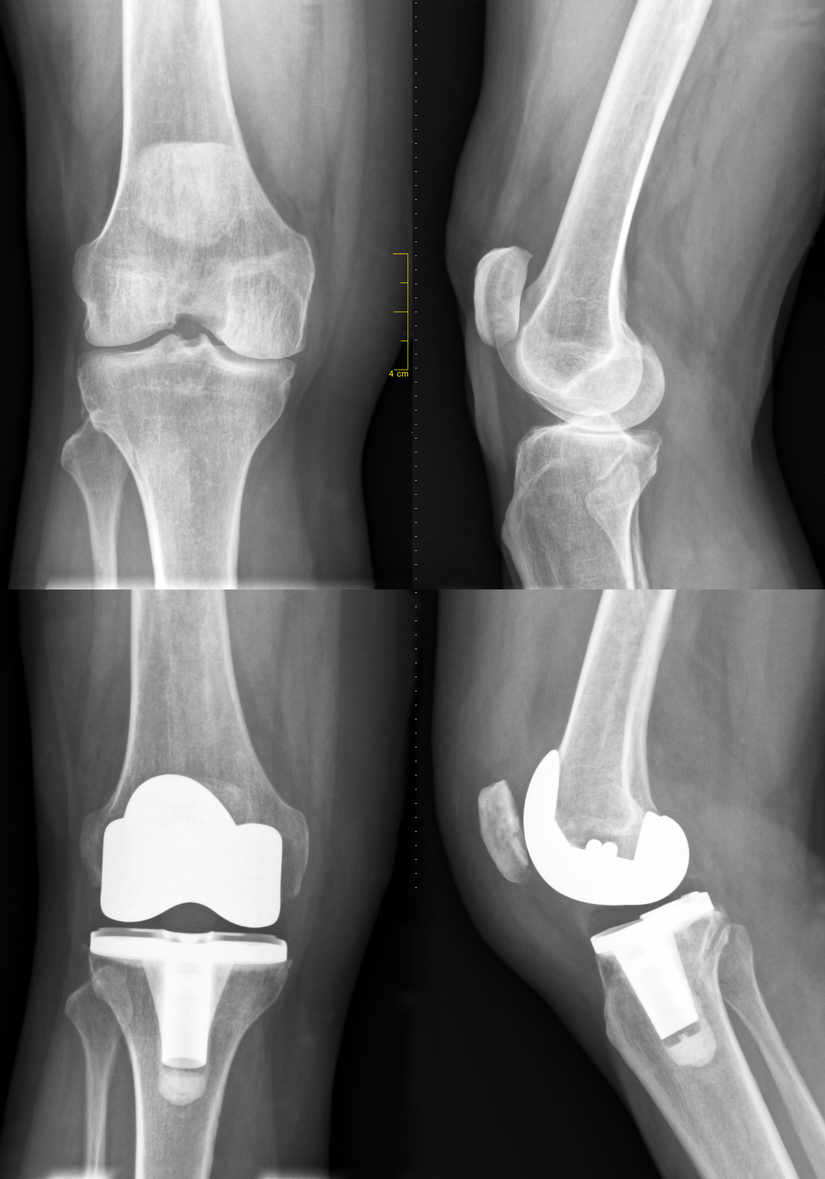To improve the success of your hand surgery recovery, post-operative hand therapy can help. If you are planning to undergo hand surgery, your surgery team will likely discuss your post-operative rehab plan. Working with a certified hand therapist after you have undergone hand surgery can help maximize your surgical results and protect your hand moving forward.
Riverside currently has five certified hand therapists who are a vital aspect of hand surgery recovery. Hear from Kacey Karapetyan, OT, CHT, hand therapy clinical lead about the benefits of hand therapy, some common hand therapy techniques, and more.
Understanding hand therapy
Hand therapy is a specialized type of occupational or physical therapy. Your hand specialist may recommend it as part of a post-surgical care plan or even as an alternative to surgery. The goals of hand therapy are to build your strength, mobility, and hand functionality. Hand therapy can also help to reduce pain and swelling following surgery.
A certified hand therapist (CHT) can be an occupational therapist or physical therapist who specializes in treating upper extremity conditions. Certified hand therapists must pass a national board exam, have a minimum of 3 years’ experience as a therapist, and participated in at least 4,000 documented hours of upper extremity care. CHTs are well respected by hand surgeons and considered a significant part of a patient’s outcome following a hand surgery.
“Here at Riverside, our hand therapists work closely with the surgical team to fully understand your condition, goals and needs,” explains Karapetyan. “We are lucky at Riverside to have such collaborative hand surgeons. Our hand therapy team is often involved in collaboration with the surgeons regarding wound care, custom orthoses, and the post-surgical rehabilitation plan. We have constant communication regarding post-operative patients and receive timely feedback regarding any post-operative concerns.”
If your hand surgeon feels that you require hand therapy services following your surgery, an initial evaluation is scheduled in a hand therapy clinic. Sometimes, this evaluation with the hand therapist will be before your follow-up visit with the surgeon. This is so that skilled hand therapist can get you started on your rehabilitation plan as soon as possible to provide the best outcome.
“At your initial hand therapy visit, your hand therapist will have already reviewed your medical record but will ask questions regarding your condition and surgery,” says Karapetyan. “If your post-operative bandages are still intact, we will remove those, inspect and care for the wound, and fabricate a custom orthosis if necessary. We will work with you to develop a customized treatment plan and educate you on the post-operative protocol and ways to improve your outcome. Do not be afraid to ask questions or express any concerns you might have.”
Hand therapy techniques for post-operative recovery
For people who have recently undergone hand surgery, hand therapy focuses on:
- Wound care of the operative incision.
- Fabrication of custom orthoses to protect surgical repair.
- Education regarding post-operative protocol and rehabilitation plan.
- Range-of-motion exercises and stretching for improving joint mobility.
- Strengthening exercises to rebuild your hand and wrist muscles.
- Scar management techniques and strategies for minimizing internal and external scarring.
- Helping you to return to your daily activities appropriately.
Hand therapy tips for optimal recovery
It is important to follow all aspects of your post-operative care plan, including the recommendations from your hand therapist. They will likely prescribe at-home exercises you should complete between hand therapy sessions. Completion of exercises and tasks at home is vital to achieving the best outcome following hand surgery. It is important that you are involved and a part of your post-operative care team. Please make sure that any questions or concerns that you may have regarding your recovery are expressed to your hand therapist and surgeon.
“Our hand therapy and surgery team have worked very closely together over many years to establish post-operative guidelines and protocols,” says Karapetyan. “We have worked together to see what orthoses and exercise timelines are most beneficial for each individual surgery type. Our post-operative care is ever evolving and can vary on a patient-by-patient case. Luckily, our constant, frequent collaboration allows us to provide high quality care with great patient outcomes.”



